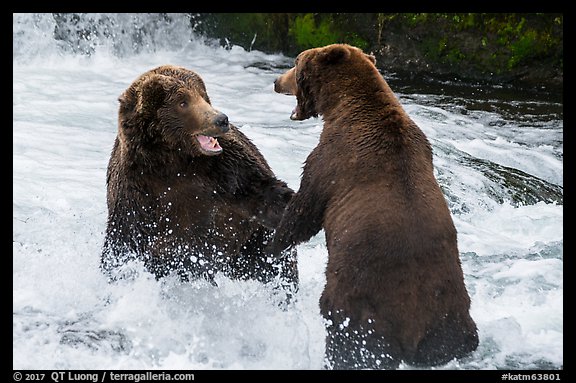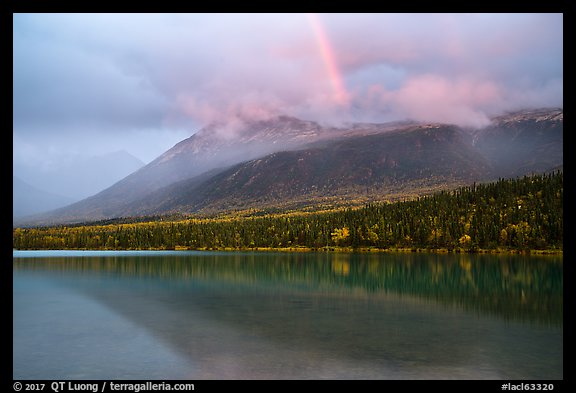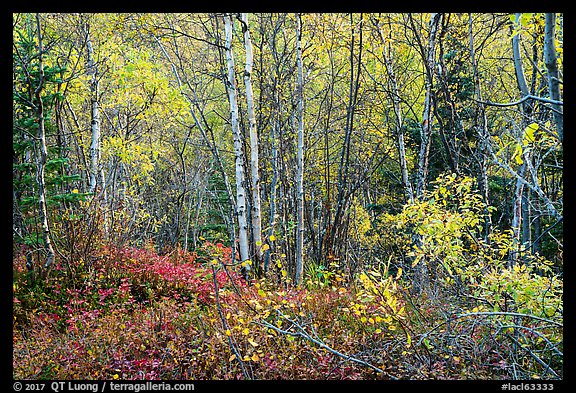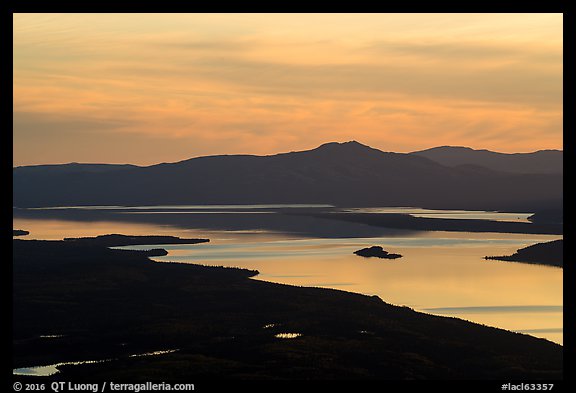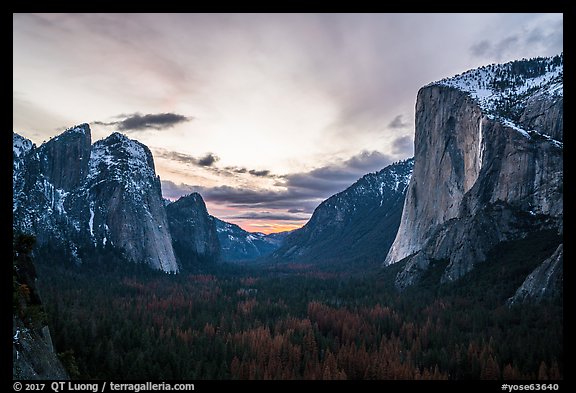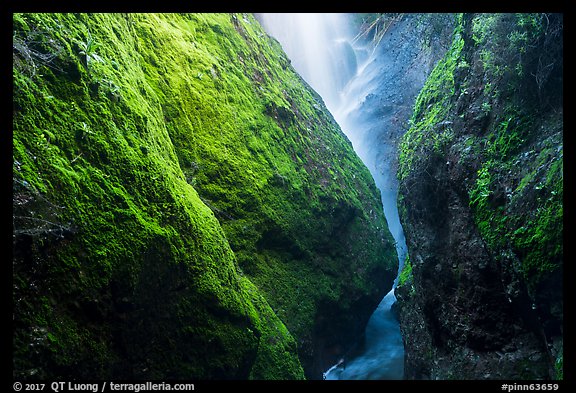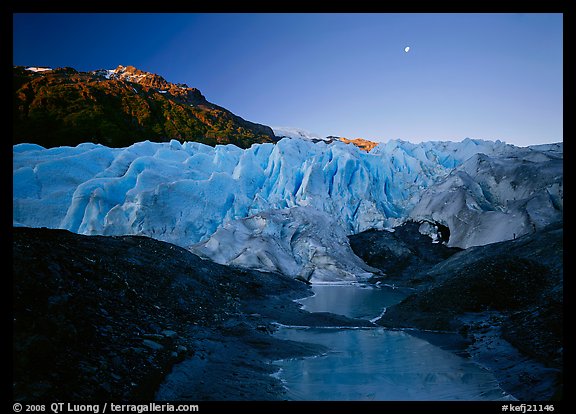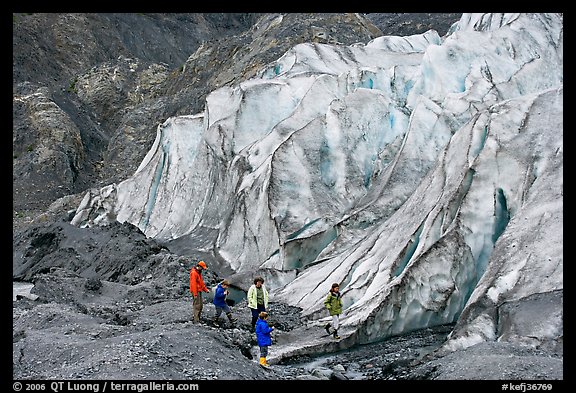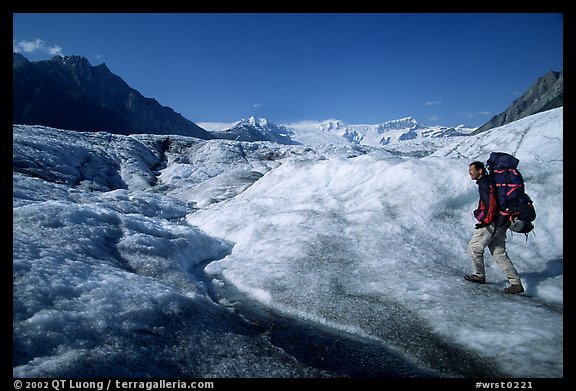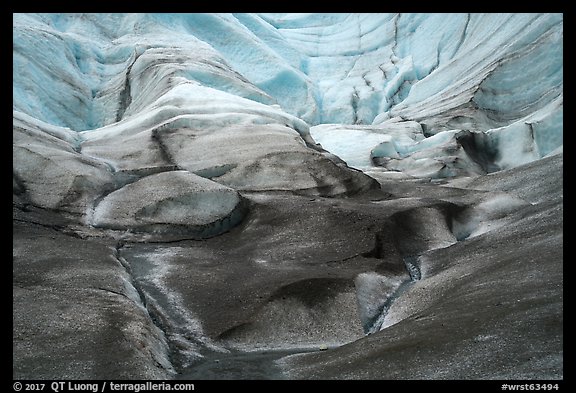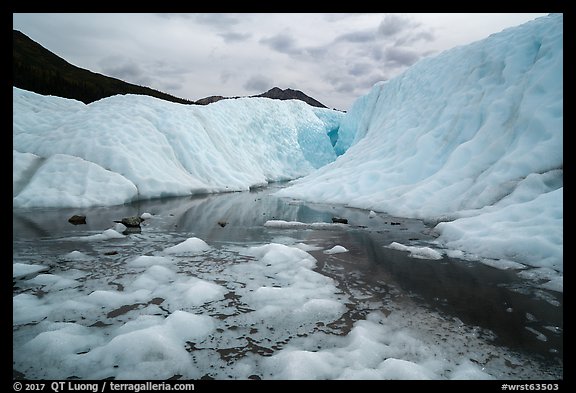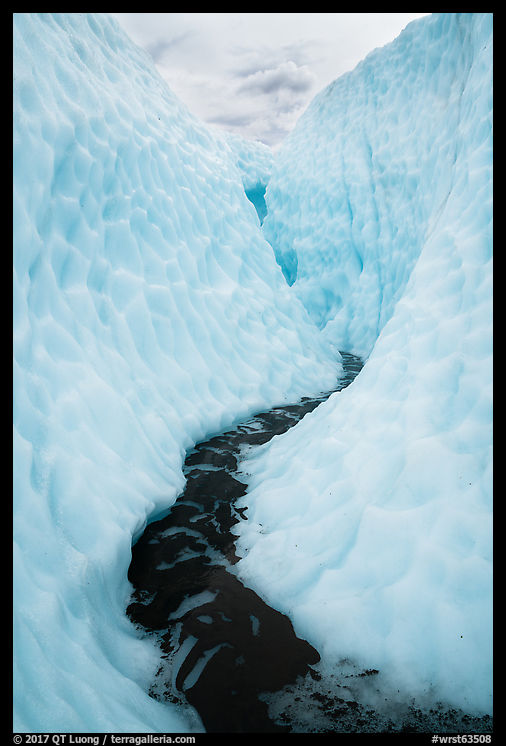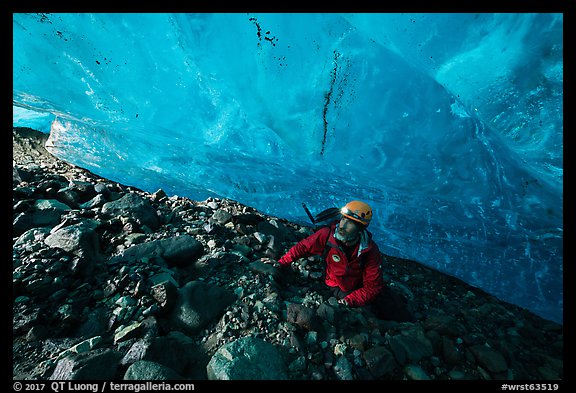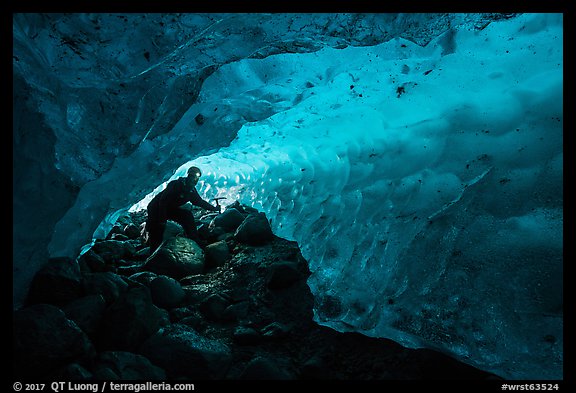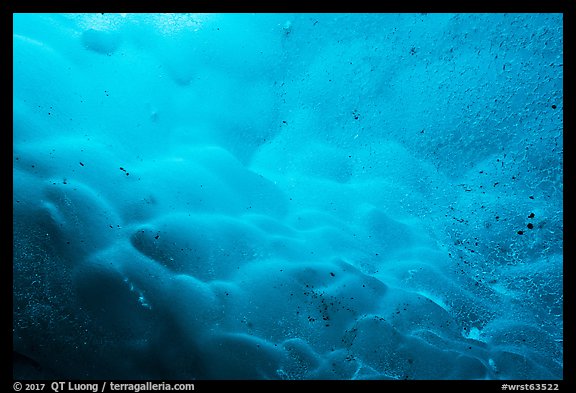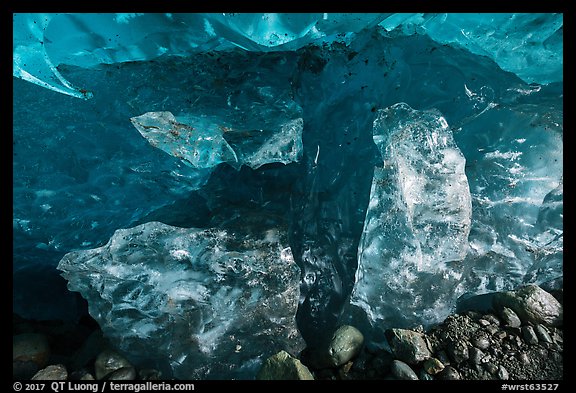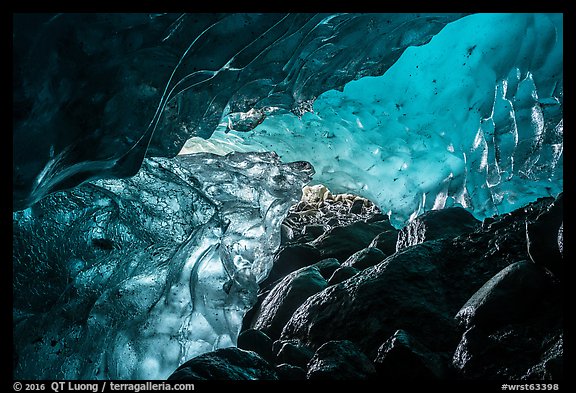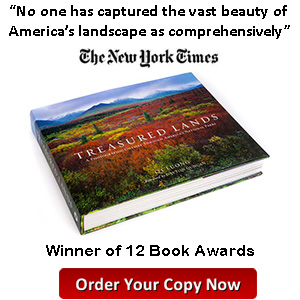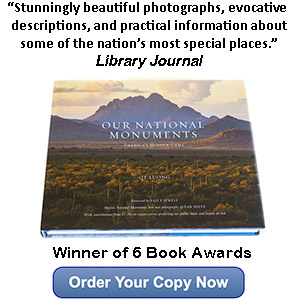Day Trip to Valley of Ten Thousand Smokes, Katmai
On the road
A converted 4WD school bus departs daily around 8 AM from Brooks Camp for the Valley of Ten Thousand Smokes, and returns around 4 PM. Traveling along, a ranger provides interpretation and guides a hike. Since the number of spots on the tour is limited, it is advisable to make advance reservations ($88/person without lunch), especially in July. The trip to the Three Forks Station is 23 miles from Brooks Camp on the only road within the park, and takes between one hour and half to two hours, depending on stops. At an overlook a few miles before the destination, you could see what the once-verdant Valley of Ten Thousand Smokes would have looked like before the eruption.
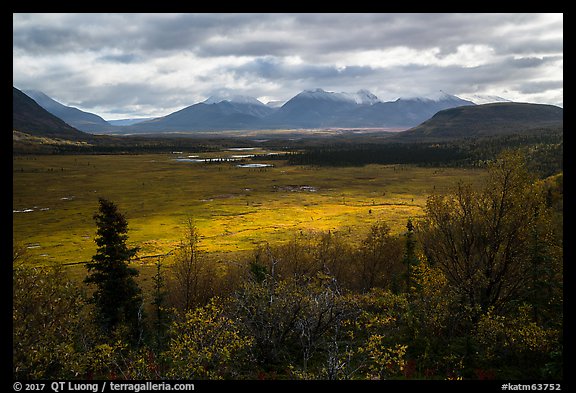
Three Forks Station
The Three Forks Station is an interpretive shelter overlooking the Valley of Ten Thousand Smokes, where the ranger explains the area’s geology and then you have a sandwich lunch if you bought one. In retrospect, I would have skipped it and ate snacks instead, since this would have freed up at least a previous half-an-hour for photography. The deck of the Three Forks Station, overlooking the Valley of Ten Thousand Smokes, offers distant views that show clearly that the eruption buried the floor of the valley in 700 feet of pumice and ash, instantly transforming the once-lush place into a desert. Part of the Pacific Ring of Fire, Katmai remains one of the world’s most active volcanic areas, featuring more than 14 active volcanoes.

Convergence
For a closer glimpse of this volcanic landscape, hike down into the valley on a trail surprisingly well-maintained for such a remote location. You can go on the ranger-led tour or on your own. After about 3/4 of a mile, you come to a fork in the trail. The right (E) branch leads in 1/2 mile to the Convergence Overlook, where the valley’s three main rivers, Knife Creek, the River Lethe, and Windy Creek converge to form the Ukak River. The valley floor is mostly flat, except where the rivers have cut gorges up to 100 feet deep
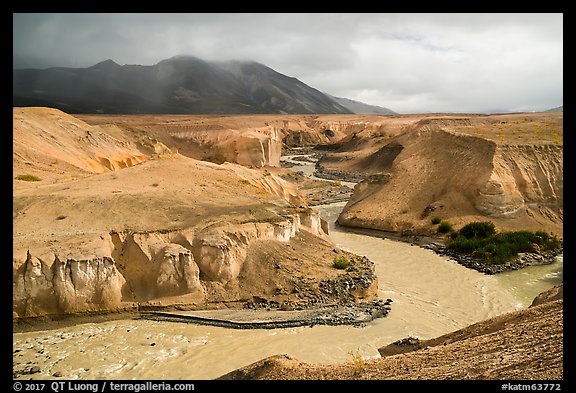
Ukak Falls
The left (NW) branch leads to Ukak Falls in about a mile. There, the Ukak River, wide at the confluence, flows in a narrow channel cut into harder rock. Ukak Falls isn’t tall, but due to the narrowness of the stream, the power of the water is quite impressive. In other places, the age of cliffs and canyons would be counted in hypothetical hundred thousand, if not million of years, so it is remarkable that those can be dated precisely to just about a hundred years ago. In just a century, harsh weather has cut those deep canyons into the soft layers of pumice and ash.

While the ranger-led group turned back, I poked a bit more downstream of Ukak Falls, and was pleased to discover a viewpoint from which the cliffs towered right above the Ukak River without obstruction from vegetation. The Three Forks Station is at about 1,300ft elevation, while the Ukak Falls is at 500ft elevation, so one has to hike 800 ft elevation on the way up, for a total distance of about 4.5 miles. Since we had less than 3 hours, you can see why it may make sense to skip lunch.

The day trip visits just the edge of the Valley of Ten Thousand Smokes, where plants are taking root again, but the heart of the valley remains a desert. This time, my stay was short, just enough for my friend to have a quick look, but in July 2001, I had embarked on a weeklong expedition there, and wrote about the tough adventure in Treasured Lands.
Autumn in Alaska: Part 8 of 9: 1 | 2 | 3 | 4 | 5 | 6 | 7 | 8 | 9




